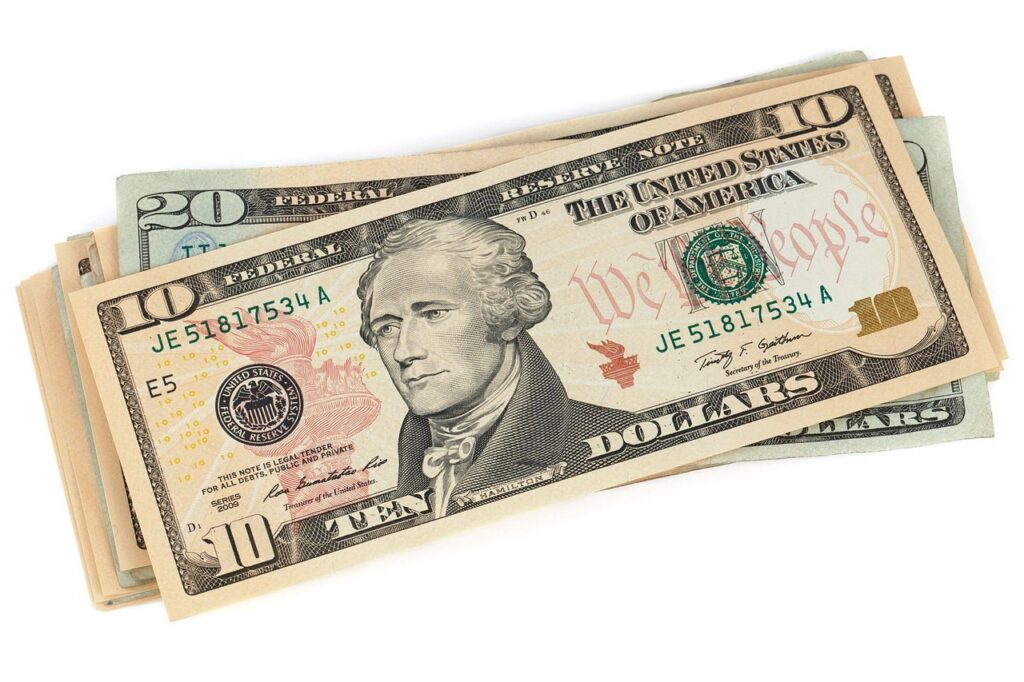How do commercial real estate loans ratings work, and why do they work differently from residential financing?
If you’re stepping into the CRE world, understanding loan types, terms, and lender expectations is essential to avoid costly surprises.
Commercial real estate (CRE) loans are the financial engines behind everything from office buildings and apartment complexes to retail plazas and industrial warehouses. Unlike residential mortgages, CRE loans are structured around the property’s income-generating potential (NOI)—not just your personal credit score. They come with shorter terms, balloon payments, and stricter underwriting requirements.
Whether you’re an investor, business owner, or broker, understanding the fundamentals of CRE financing—including loan types, risk classifications (A, B, C paper), and lender priorities—can give you a major advantage when navigating this competitive space.
Lenders use this paper classification to determine:
-
Loan pricing (rates/fees)
-
Risk appetite
-
Secondary market options (e.g., securitization or selling the loan for their internal use)
So basically, their risk is going to reflect what your risk is. The less their risk, the better your terms and rates. The higher their risk, the higher your rates and less flexible your terms.
In lending, A, B, and C paper are categories used to classify borrowers (and their loans) based on creditworthiness, income documentation, and risk level. It’s kind of like grading homework—but instead of red ink, it determines your interest rate.
🅰️ A-Paper (Prime)
Who it’s for:
Borrowers with excellent credit and low risk.
Typical profile:
-
Credit score: 700+ (often 740+)
-
Full income documentation (W-2s, tax returns)
-
Low debt-to-income (DTI) ratio
-
Strong financial reserves
-
No recent bankruptcies, foreclosures, or delinquencies
Loan features:
-
Lowest interest rates
-
Most favorable terms
-
Conventional or government-backed loans (Fannie Mae, Freddie Mac, FHA)
🧠 Think of this as “prime time” borrowing. You’re the borrower lenders dream about at night.
🅱️ B-Paper (Alt-A or Near-Prime)
Who it’s for:
Borrowers who are almost prime, but have a few dings.
Typical profile:
-
Credit score: 620–699
-
Minor credit issues (late payments, higher DTI)
-
May be self-employed or have limited documentation
-
Fewer reserves
Loan features:
-
Slightly higher interest rates
-
Somewhat flexible terms
-
May require compensating factors (e.g. higher down payment)
📊 This is like being a solid B student—good enough to get a loan, but maybe not top of the class.
🅲 C-Paper (Subprime)
Who it’s for:
Borrowers with poor credit or significant risk factors.
Typical profile:
-
Credit score: below 620
-
Recent delinquencies, bankruptcies, or foreclosures
-
Limited or no documentation
-
High DTI
Loan features:
-
High interest rates
-
More fees and stricter terms
-
Often private or non-bank lenders
-
May involve hard money or asset-based lending
💣 High risk = high cost. You’re getting funding, but at a price. This is the “we’ll do the deal, but buckle up” category. Let’s try to avoid those!
Knowing the ins and outs of commercial real estate loans isn’t just helpful—it’s essential for making smart, profitable decisions. Whether you’re trying to get your first deal funded or scaling up to larger properties, being fluent in how lenders evaluate risk, structure deals, and price loans will help you avoid setbacks and seize opportunities at the most competitive rates.
In today’s shifting credit environment, the right knowledge could be the key to closing your next deal faster, cheaper, and with more confidence.
➡️ “Not sure what paper your deal is? Take our quick 5 minute loan readiness quiz.”
DISCLAIMER: This is not real estate, legal, or financial advice. Please contact your preferred attorney or financial adviser for help specific to your needs or issue.
